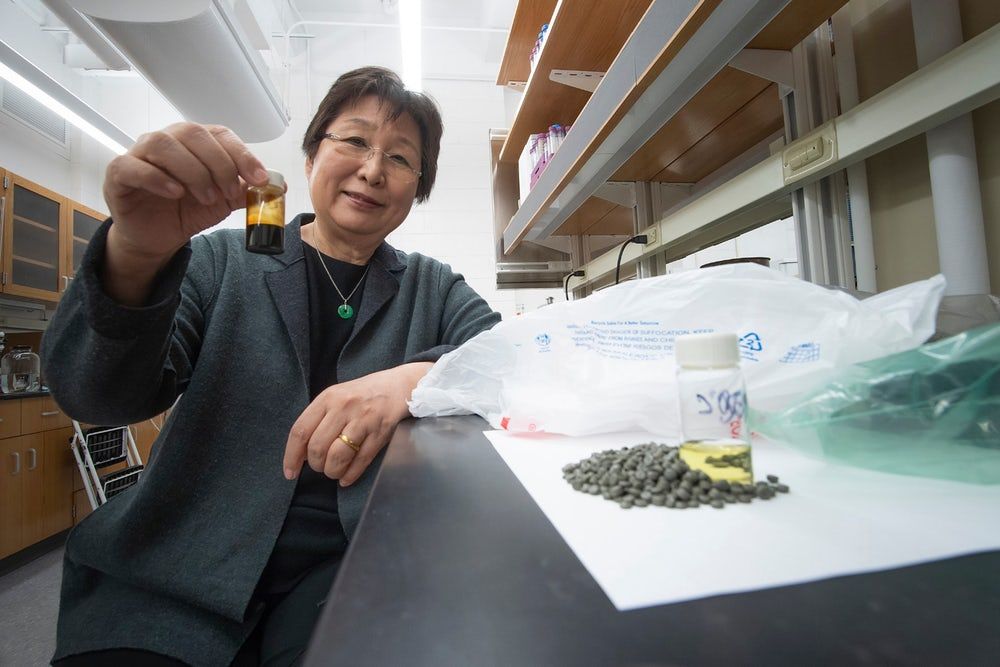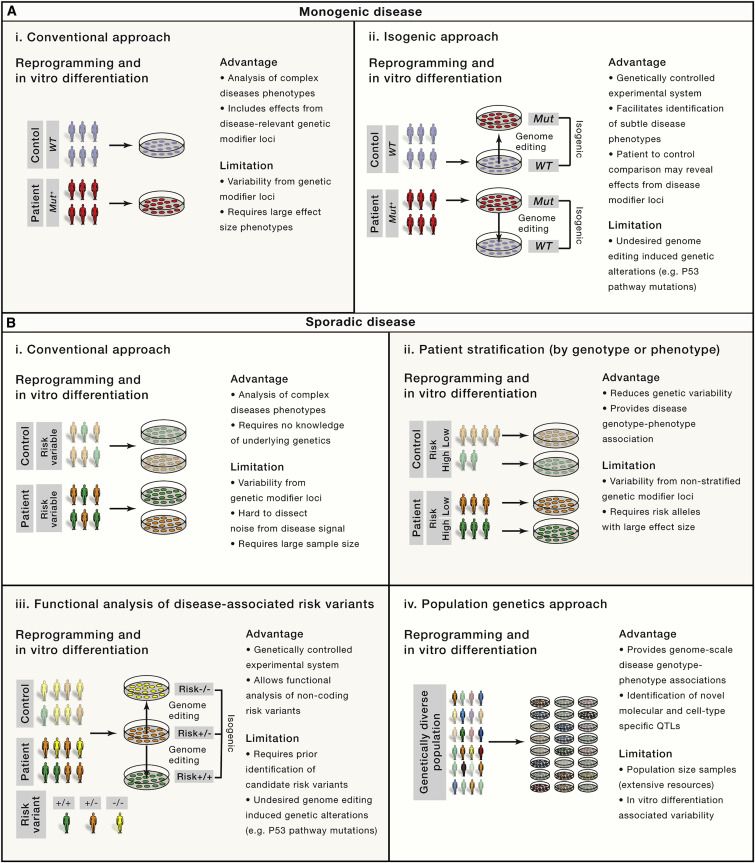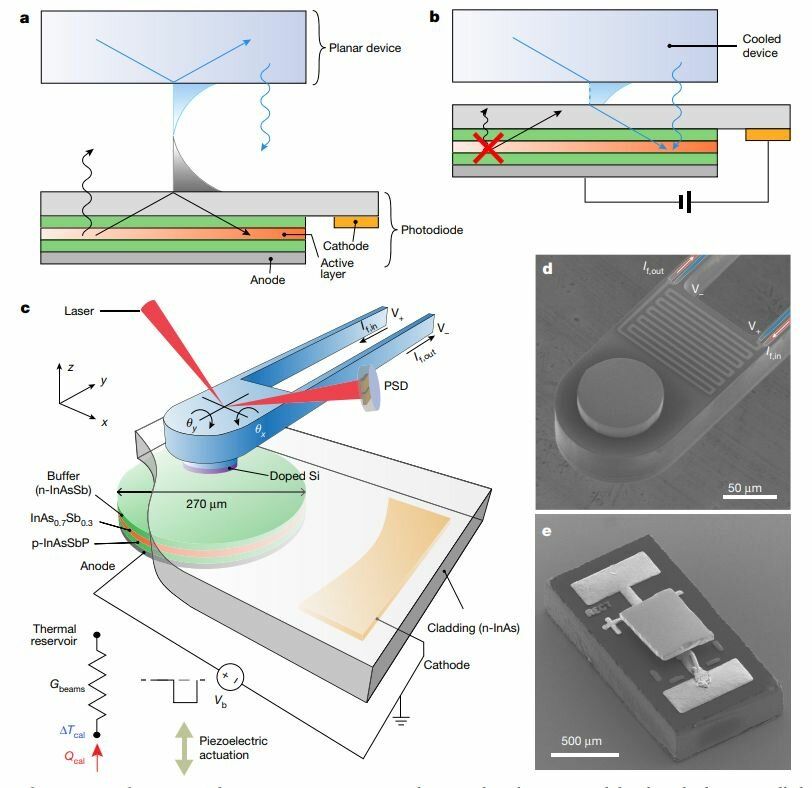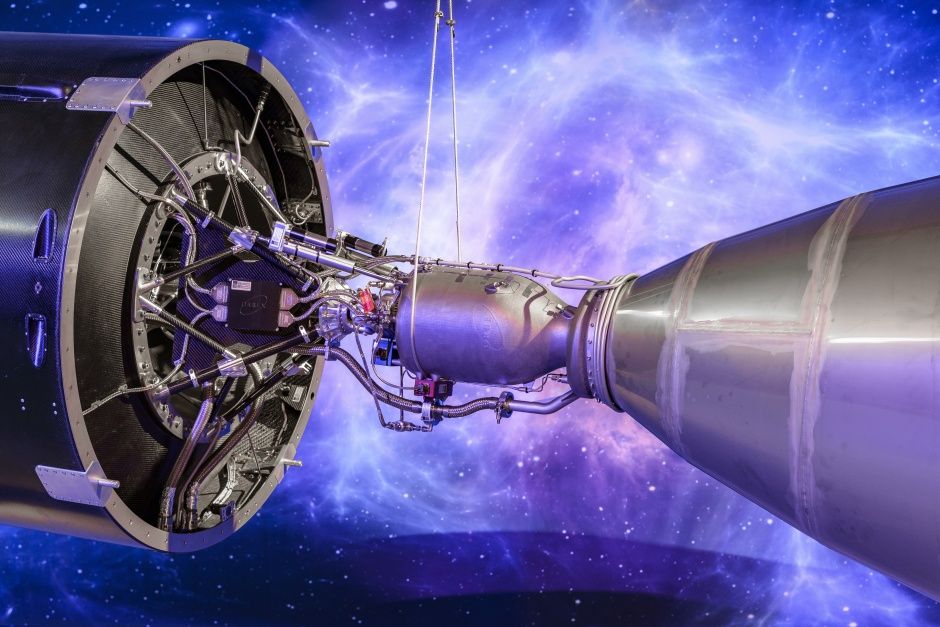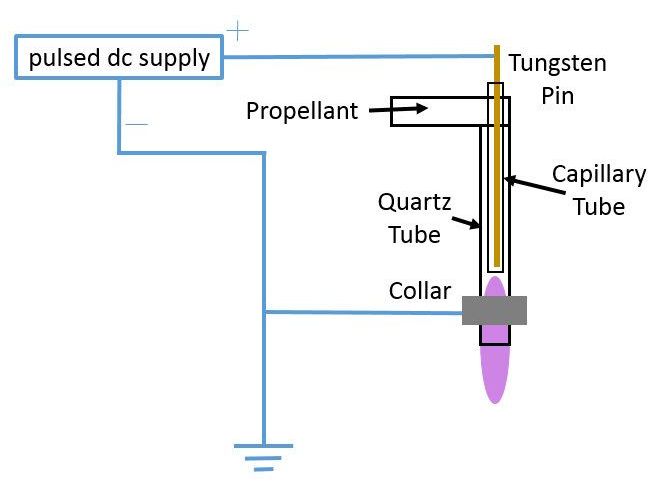How will artificial intelligence, molecular manufacturing, biological engineering and distributed additive manufacturing change the economics of the production of goods and services?
Category: engineering – Page 190
A new chemical process could turn about 90% of the world’s grocery bags, shrink wrap, and other polypropylene waste into clean fuel.
Grocery bags and other trash could be melted down to yield useful products like oil and gas.
The problem: The world’s landfill sites and oceans are being flooded with plastic. A mere 9% of the 8.3 billion tons of plastic produced over the last 65 years has been recycled, according to the United Nations. Over eight million tons of plastic flow into our oceans every year, harming wildlife.
How it works: The technology works on polyolefin waste, the sort of plastic used for grocery bags, toys, and shrink wrap. This sort of plastic accounts for about 23% of plastic waste, according to researchers who describe the process in a paper published in Sustainable Chemistry and Engineering. The new technique uses a process called hydrothermal liquefaction, in which very high temperatures melt pellets of polyolefin and then dissolve them in water. The by-products of this process are oil, gas, or solvents.
The derivation of human embryonic stem cells (hESCs) and the stunning discovery that somatic cells can be reprogrammed into human induced pluripotent stem cells (hiPSCs) holds the promise to revolutionize biomedical research and regenerative medicine. In this Review, we focus on disorders of the central nervous system and explore how advances in human pluripotent stem cells (hPSCs) coincide with evolutions in genome engineering and genomic technologies to provide realistic opportunities to tackle some of the most devastating complex disorders.
Advances in stem cell biology are paving new paths toward their use in the clinic, especially toward understanding and treating neurological and neurodegenerative disease.
Alvin Retamar, Chief Science Research Specialist and Project Leader of Philippine Earth Data Resource and Observation Center (PEDRO) said some institutions they have been helping are even calling for higher level training in the space sciences.
“In some areas where we are providing support they are already keen on developing aerospace engineering degree programs,” Retamar said.
Original post from ABS-CBN News
MANILA — The Philippines has enough brainpower to staff a proposed space agency, officials from the Department of Science and Technology (DOST) said Wednesday.
A bill creating the Philippine Space Agency (PhilSA) was passed in the House of Representatives last December, while counterpart legislation is pending in the Senate.
In a finding that runs counter to a common assumption in physics, researchers at the University of Michigan ran a light emitting diode (LED) with electrodes reversed in order to cool another device mere nanometers away.
The approach could lead to new solid-state cooling technology for future microprocessors, which will have so many transistors packed into a small space that current methods can’t remove heat quickly enough.
“We have demonstrated a second method for using photons to cool devices,” said Pramod Reddy, who co-led the work with Edgar Meyhofer, both professors of mechanical engineering.
Scientists in Australia are looking at some pretty creative ways to tackle the Zika virus, which continues to pose a risk to millions across Africa, Asia and parts of the Americas. Following a trial last year where researchers were able to decimate disease-spreading mosquitos in the country’s north, scientists have now demonstrated an engineering technique that renders the biggest transmitter of the virus largely immune to it, raising hopes of a new way to control the spread of Zika and other mosquito-borne diseases.
Scottish space firm Orbex has unveiled an engineering prototype of a rocket that’s at the heart of plans to develop a UK satellite launch capability.
The company, which is involved in plans to develop the UK’s first spaceport in Sutherland, Scotland unveiled the rocket at the opening of its new headquarters and rocket design facility in Forres in the Scottish Highlands.
Designed to deliver small satellites into Earth’s orbit, Orbex Prime is a two-stage rocket that’s claimed to be up to 30% lighter and 20% more efficient than any other vehicle in the small launcher category. It is also the first commercial rocket engine designed to work with bio-propane, a clean-burning, renewable fuel source that cuts carbon emissions by 90% compared to fossil hydrocarbon fuels.
Many of today’s methods of purifying water rely on filters and chemicals that need regular replenishing or maintenance. Millions of people, however, live in areas with limited access to such materials, leading the research community to explore new options of purifying water in using plasmas. Many plasma-based approaches are expensive, but a new class of plasma devices may change that.
Researchers at the University of Alabama in Huntsville have been studying a new type of plasma generator for water purification. The new generator pulses voltage signals to ionize gas at atmospheric pressure and produce many useful byproducts, including hydroxyl radicals, which cause a cascade of reactions that lead to purer water samples.
“We’re finding ways to speed up the purification process,” said Ryan Gott, a doctoral candidate in aerospace engineering at UAH who will present the research next week at the American Physical Society 71st Annual Gaseous Electronics Conference and the 60th Annual meeting of the APS Division of Plasma Physics, which will take place Nov. 5–9 at the Oregon Convention Center in Portland.
A U.S. Army engineer’s idea to turn the standard M4 rifle into an electromagnetic pulse gun recently got the nod from the U.S. Patent and Trademark Office.
James E. Burke, electronics engineer at the U.S. Army’s Armament Research, Development and Engineering Center, received U.S. patent 10,180,309 on Tuesday, giving the Army intellectual property protections on Burke’s “Electromagnetic Pulse Transmitter Muzzle Adapter.”
This invention would enable a single soldier in a ground unit to destroy enemy electronics, such as small drones or improvised explosive devices, by attaching a special blank-firing adapter to their rifle’s muzzle, then firing a shot.
Michael Griffin, the undersecretary for research and engineering, expects future budgets to provide funds for lasers that the missile defense agency can more rapidly develop and field. Space-control needs to have megawatt-class lasers.
Hypersonic weapons’ low signature in flight and high degree of maneuverability upon final approach to targets make the weapons difficult to defend against.
The last time the US really invested in transformative capabilities that overwhelmed adversaries [in Desert Storm] was the Reagan era.

